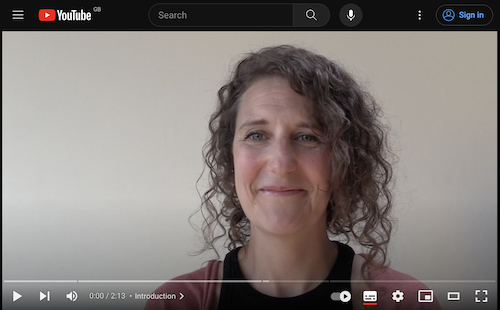A word from People Dancing Associate Artist for Early Years Liz Clark

Dance is a child’s first language, from the moment they are born they are seeking connection to, and communication with, the people around them through their bodies. They are learning about their world and their place in it, using movement as a tool. All around us children are dancing; at home, in nurseries and in schools. They are creating and taking part in miniature dances through the rhythms of life; explorations that may go unseen, or witness by only a few people; a movement exploration of an outdoor space for example, or of an empty cardboard box, or a fascinating feather. They are dancing en masse, foot stomping, body flipping, finger wiggling type dances that make our hearts soar with joy.
Our early years children are biologically programmed to move for healthy growth of their body-brain systems. Neural networks form in the brain through physical experiences, and this process is literally how thought connections are made. This is one aspect that’s entirely unique about early years - it spans such a large and distinctive period of development in our children, in both their brains and bodies. The growth that a child undergoes in the first four years of life is incredible and to be able to input into a childs life at this time is a gift we must never take lightly.
Very young children are masters of movement, innovation and creativity. For us as dancers and people who value what the body does and shows us, this offers such a rich and exciting opportunity and endless material for ideas. If you already work in early years, you’ll know the how many times you (or the practitioners you work with) have been surprised by the capabilities of very young children as creators, choreographers, directors and dancers.
If you work in dance already you’ll know that dance can also surprise in the way it transforms peoples experience of daily life and their relationships. For our early years children, dance can have a particularly profound impact on those who have had a difficult start in life. The non-verbal nature of our art form creates opportunities for connection, creation and creativity. Dance can and should lead the way in early years innovation and it’s our role, as adults, to support and encourage each child to explore their world to their full potential and to encourage each dance as it emerges, to burst forth into life in all it’s glory.
This is not youth dance ‘lite’. This is an extraordinary area of work that you need to go into with an open heart, an open mind and ready to be surprised and delighted in equal measure. Liz Clark.
To learn more about Liz Clark please visit www.ourcreativeadventure.com/aboutliz